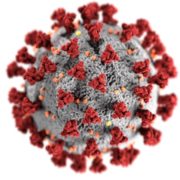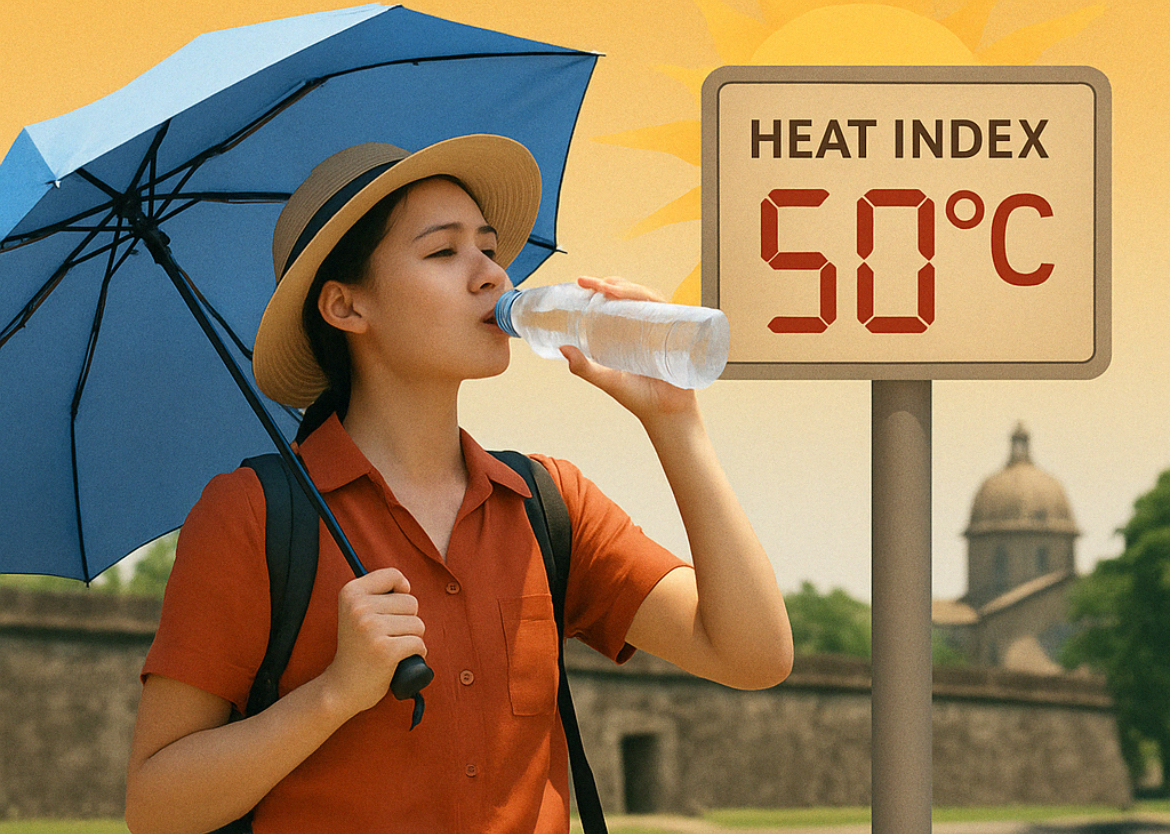SINCE the first COVID-19 case was detected and confirmed on January 20, 2020 (144 days ago) in the United States (in the State of Washington) in a man who returned from Wuhan, Hubei, China, on January 15, 2020, and the official declaration by WHO of the COVID-19 pandemic, the United States has had around 2.1 million cases and almost 115,000 deaths; the Philippines, about 23,000 cases and more than 1,000 deaths. Worldwide, there are almost 7.3 million cases and about 420,000 deaths.
Remdesivir running out
Since drug manufacturer Gilead released the first dose (50,000 vials) of the FDA-approved experimental intravenous antiviral drug Remdesivir the week of May 4, 2020 of its promised donation of 1.5 million doses, there has been a snag in the production and confusion in the distribution of this cure of COVID-19 to various hospitals in the USA. The current supply is projected to run out by the end of June, unless Gilead successfully ramps up its production, or another drug maker comes up with another curative drug. There are various antiviral drugs and medications being studied in other countries. Vaccines appear not to be forthcoming soon, but anticipated to be available within a couple of years.
Hydroxychloroquine not effective, hazardous!
The hype about hydroxychloroquine (HCQ) as a preventive or curative drug for COVID-19 appears to be dying down as dozens of reports from reputable medical centers show that this famous anti-malaria, anti-lupus, anti-arthritis decades-old drug (solo or in combination with Azithromycin) was not effective in preventing or curing COVID-19, and may have even contributed to some COVID-19 cardiac deaths from fatal arrythmia (Torsades de Pointes, QT prolongation) in about 10 percent or more. Dr. Anthony Fauci, an epidemiologist and Director of the National Institute of Allergy and Infectious Diseases, was against the use of HCQ from the very beginning, suggesting randomized, double-blind clinical studies on the drug first to find out its efficacy and safety for COVID-19.
In a large registry research involving 15,000 COVID-19 patients, published in Lancet, showed “all of the hydroxychloroquine and chloroquine groups had higher rates of in-hospital mortality (16-24%) than the control group (9%). They also had higher rates of ventricular arrhythmia during hospitalization (4-8%) versus controls (0.3%). A study involving 1,438 COVID patients in New York revealed the same “no benefit” results. In view of the multiple dozens of trial studies on hydroxychloroquine around the world, the World Health Organization had temporarily halted hydroxychloroquine trials due to safety concerns. By this mid-June, the data results from the HCQ reviews of the WHO Solidarity Trial and other ongoing trials will be released. The final verdict on HCQ for COVID-19 will be out soon.
How does SARS-CoV2 get to a person
The SARS-CoV2 virus that causes COVID-19 is transmitted by droplet from the breath, speech, cough, or sneeze of an infected person to anyone within at least 6 feet, especially to seniors, even more rapidly to seniors with health issues or to those with a compromised immune system. Young children could also get infected. With one sneeze by an infected individual, it is estimated that there are 40,000 viral molecules that is sprayed with a trajectory that could reach up to 9 feet, and remain airborne an hour or so, depending on the airflow or wind. The virus is plastered against the mucous membrane of the eyes, nose, and mouth, the reason goggles and face coverings are important. To survive, the virus needs a host, a human in this case, to survive and replicate. The virus has a predilection for the respiratory system, so it goes down the breathing pipe and eventually to its main target, the lungs.
What kills the COVID-19 patient
Once the virus enters the host, it replicates rapidly. In the trachea, bronchi, and the lungs, severe inflammation takes place, to which the body’s immune system reacts, causing the release of body mediators called cytokines, in response to the injury. A cytokine storm results, which in itself leads to multiorgan damage. The inflamed lungs thicken and solidify (pneumonia) and their swollen air sacs loaded with fluid losing their ability to do release of harmful carbon dioxide and absorb/provide oxygen for the body. Acute Respiratory Distress Syndrome sets in and kills about 13-15 percent of patients above 80 years old. The others, more stoic and/or younger, survive with ventilatory support. Majority without. The other mode of death is cardiac in origin.
It has been noted that COVID-19 patients, especially the elderly or those with previous heart condition, also develop inflammation of the heart, myocarditis, poor ventricular function (cardiomyopathy), and finally heart failure and cardiogenic shock among about 20 percent of them. This widespread clinical findings around the world among COVID-19 patients (inspired by data from Wuhan, China) led to the standard practice of testing the Troponin level on the admission of COVID-19 patients, and if needed, doing other cardiac tests. The elevated Troponin level was associated with poorer recovery and higher mortality (at least 69.4 percent) compared to 13.3 percent among those who are Troponin negative. Doing this test could save countless lives among COVID-19 patients.
Reclosing after re-opening
The experts believe second or more waves of COVID-19 are possible, as what happened in the 1918 pandemic that wiped out more than 50 million people around the world, and the other pandemics (SARS, MERS, etc.) thereafter. In Singapore and South Korea, which had aggressively dealt with COVID-19 very early and had strict measures and contact tracing, there was a strong resurgence in crowded dormitories. The same recurrence in China, Japan, and Italy. COVID-19 reinfection was found in Wuhan recently among those with flare-ups up to 50 days after recovery. Reclosing after re-opening (due to resurgence) is imposed in South Korea and Lebanon, among others.
Days after North Carolina relaxed some of its stay-home rules, a new high of 443 cases in one day was confirmed. The various protests going on where people do not wear masks and do social distancing could cause more COVID-19 infections, evidence to be obvious within the next 2 weeks. The potential wave or waves of COVID-19 resurgence will depend on people’s behavior and discipline. We are the transmitters/spreaders of this killer virus, and ONLY WE, the people, can stop it. The government cannot. And we cannot blame anyone else.
This current pandemic might go beyond this year and early 2021 before it ends. In the meantime, it behooves each one of us to be wise, responsible, and prudent in following the guidelines, to stay safe. Going against the government will not help. Each of us has a vital role to play to defeat this invisible killer and put an end to this great human tragedy.
* * *
Philip S. Chua, MD, FACS, FPCS, a Cardiac Surgeon Emeritus based in Northwest Indiana and Las Vegas, Nevada, is an international medical lecturer/author, a Health Advocate, and Chairman of the Filipino United Network-USA, a 501(c)3 humanitarian foundation in the United States. Websites: philipSchua.com and FUN8888.com; Email: [email protected].





